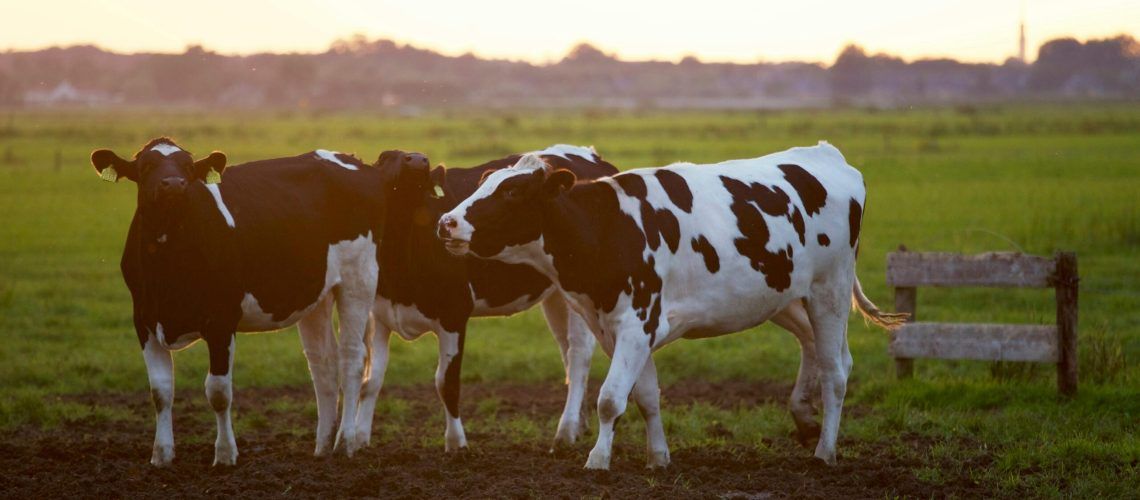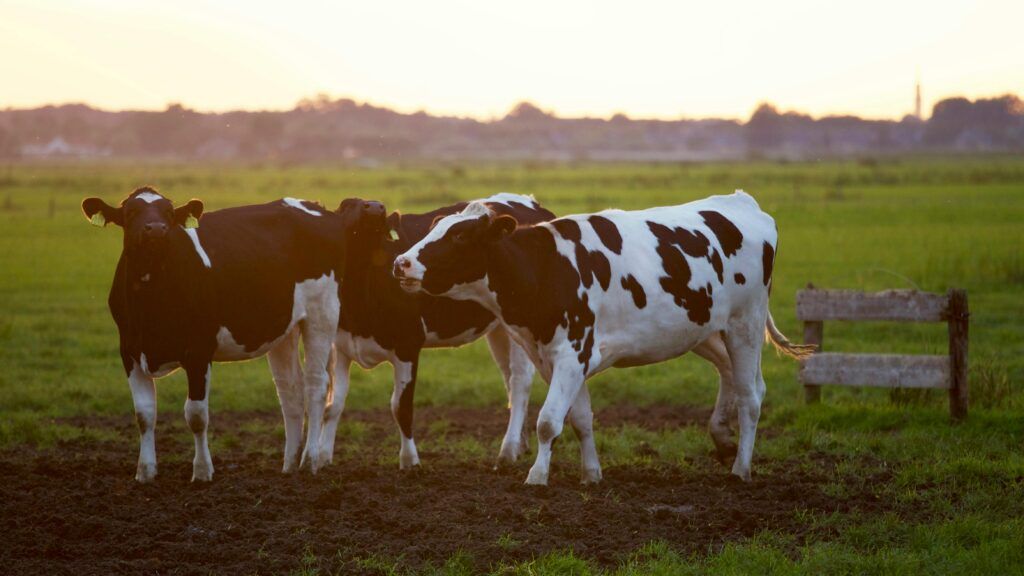Treatment-resistant germs continue to rise across the world, increasing the threat to the food supply and economy. Based on data from over 200 countries, a new study predicts that, if we fail to implement solutions to reduce treatment-resistant bacteria, the world could see yearly livestock production losses of $575 billion by mid-century, in the best scenario. This would threaten the food supply of 746 million people. The worst effects would be seen in the production of cattle and poultry meat. Low- and middle-income countries would bear a greater burden from these losses than wealthier countries.
In a worse scenario, drug resistance could disrupt the food supply for over 2 billion people, resulting in a cumulative economic loss of $953 billion (GDP). If the potential spread of treatment-resistant bacteria from animals to humans is accounted for, economic damages could total $1.1 trillion to $5.2 trillion by 2050.
Full Story: CIDRAP


